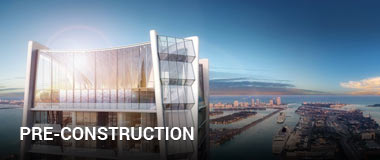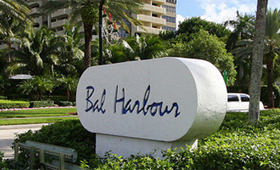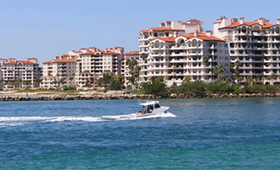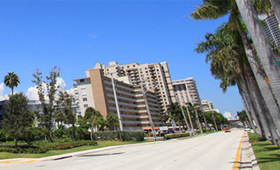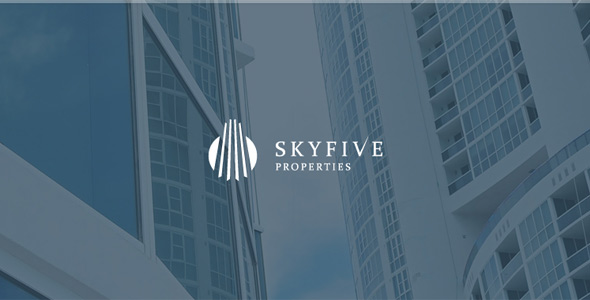Buying a home is one of the biggest financial decisions a person can make, and most buyers rightly focus on location, layout, and aesthetics. However, beneath the surface of any property lies an entire network of pipes, drains, and fixtures that often receives far less attention than it deserves. Hidden plumbing problems are among the most common issues uncovered after a purchase, and they can have a significant impact on long-term costs, safety, and the value of the home.
This is why understanding the signs of concealed plumbing issues is essential for every homebuyer. Plumbing problems rarely stay small for long, and even minor defects can escalate into expensive repairs if left unaddressed. From leaks inside the walls to outdated materials buried underground, here are the hidden plumbing concerns homebuyers often miss and how each one can affect a property’s overall value.
1. Slow or Partially Blocked Drains
One of the most overlooked signs of trouble is a drain that empties slowly. Many buyers assume it’s a simple clog that can be cleared after moving in. However, slow drains can be early indicators of something more serious, such as deeper blockages, root intrusion, or damaged sewer lines.
If a home has several fixtures with slow drainage, it may point to a widespread issue rather than an isolated one. Sewer line repairs or replacements can cost thousands of dollars and often require excavation, which is messy and disruptive. Buyers who fail to identify these problems early may find themselves facing unexpected expenses that also reduce the property’s resale value.
2. Low Water Pressure Throughout the Home
While many people notice low water pressure, few understand what it might mean. Poor pressure can result from simple issues like a clogged aerator, but in many cases, it indicates internal pipe corrosion, mineral buildup, or leaks that have not yet become visible.
If a home has aging galvanized steel pipes, low pressure is a major red flag. These pipes corrode from the inside, gradually restricting water flow and increasing the likelihood of leaks. Replacing older piping systems can be expensive, especially in multi-level homes where walls and floors may need to be opened.
Properties with consistently low water pressure often receive lower offers because buyers anticipate future repair costs.
3. Hidden Leaks Inside Walls and Ceilings
Not all leaks leave obvious stains. Slow, continuous leaks inside walls or ceilings can quietly cause structural damage, mould growth, and even electrical hazards. During a walkthrough, these leaks can be nearly impossible to detect without professional tools. Moisture meters, infrared scanners, or thermal imaging can reveal temperature differences that signal hidden water intrusion.
Hidden leaks are some of the most expensive plumbing problems to fix because they often involve both plumbing repairs and restoration work. Mould remediation, drywall replacement, and insulation repairs can quickly escalate costs. Homes with unresolved moisture issues tend to see their value decrease because buyers fear long-term structural or health implications.
4. Old or Outdated Plumbing Materials
Many older homes still rely on outdated plumbing materials such as polybutylene, galvanized steel, or old cast-iron pipes. These materials were once common but are now known to be unreliable. Polybutylene, for example, is notorious for sudden failure, while cast iron tends to crack or collapse with age.
Replacing old plumbing systems can be one of the most expensive upgrades a homeowner faces. Even if the system appears functional today, outdated materials significantly reduce the property’s value because they represent future risk and cost. Knowledgeable buyers, inspectors, and investors often pay close attention to the age and type of piping in a home before making an offer.
5. Sewer Line Damage and Root Intrusion
The sewer line is one of the most critical and most overlooked parts of any home. Because it is buried underground, most homebuyers do not pay attention to it or assume it is in good condition. Unfortunately, sewer lines can crack, sag, or become invaded by tree roots over time.
Damage to the main line can lead to repeated backups, foul odours, and extensive repair needs. Replacing a sewer line can cost several thousand dollars, depending on the length and depth of the pipe. Since this system directly affects the sanitation and functionality of the home, sewer issues substantially impact property value and can even derail a sale during inspection.
6. Inadequate Water Heater Performance
Even a newer home can have an undersized or poorly maintained water heater. Homebuyers often overlook water heater age, capacity, and service history. A failing unit can lead to inadequate hot water, higher utility bills, or even leaks and flooding.
Buyers who understand these risks will often negotiate for a lower price or request a replacement before closing. A well-maintained water heater adds value because it is an essential system that directly affects daily living comfort.
7. Poor DIY Work or Unpermitted Plumbing Changes
Another hidden problem is unpermitted or amateur plumbing work performed by previous owners. Incorrectly sloped drains, improper venting, or makeshift repairs can create long-term issues. These problems may not be obvious at first glance, but they can cause clogs, slow drains, or leaks months after moving in.
Homebuyers who discover DIY plumbing mistakes after closing are often left with repair bills they didn’t expect, and improperly done plumbing significantly reduces the overall value of a home.
Why Professional Evaluation Matters
Because so many plumbing issues are hidden behind walls or underground, a standard home inspection is often not enough. Many buyers choose to hire specialists to conduct deeper evaluations, including camera inspections of sewer lines, pressure testing, and checks for hidden moisture.
Working with an experienced plumber during the buying process provides peace of mind and helps uncover risks before they turn into costly repairs. An established plumbing company can help identify outdated materials, detect hidden leaks, and ensure the home’s systems meet modern standards.
Final Thoughts
Hidden plumbing problems can dramatically affect both the immediate repair costs and the long-term value of a property. Homebuyers who take the time to look beyond the surface and assess the condition of the home’s plumbing systems are far less likely to encounter unpleasant surprises after moving in. Understanding the signs of hidden issues and knowing when to call in professionals can transform a risky purchase into a smart investment, ensuring the property remains safe, functional, and valuable for years to come.

